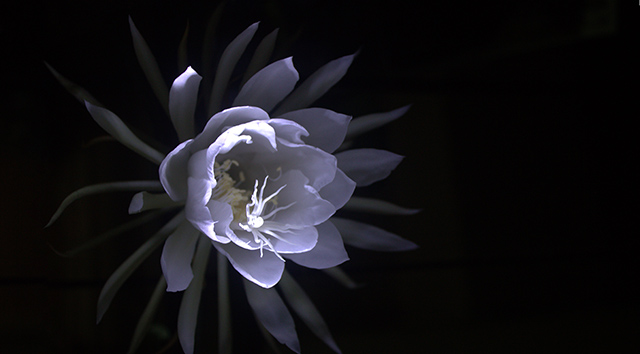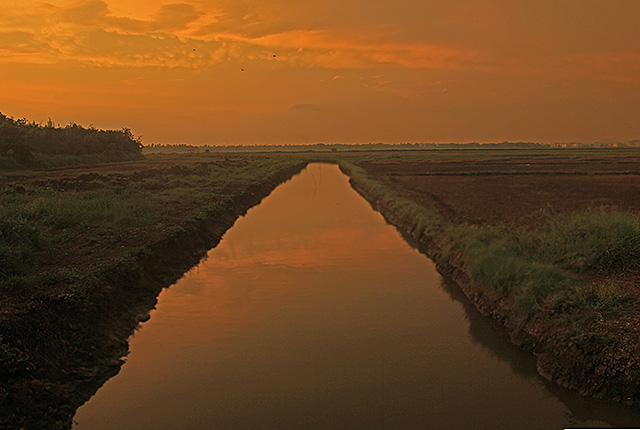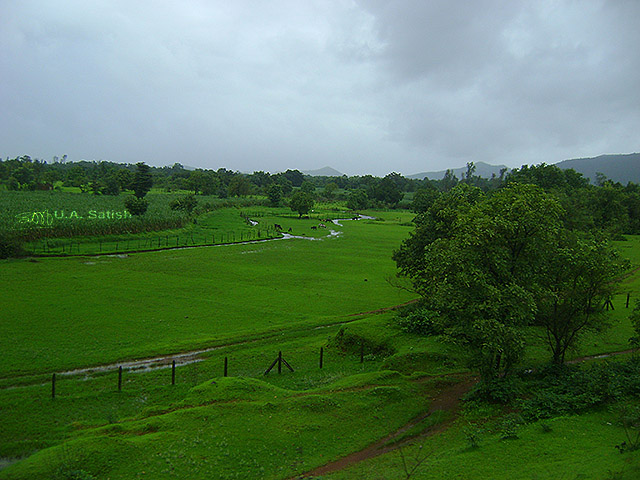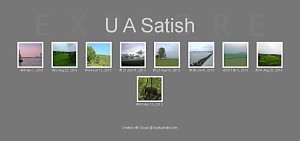Gengenbach Germany – Medieval Town in the Black Forest
Gengenbach Germany is a small medieval town in the Black Forest. It is 11.4 km (16 min) from Offenburg by road. Black Forest Railway serves Gengenbach . The railway station is small. Parking for cars and bicycles are available.
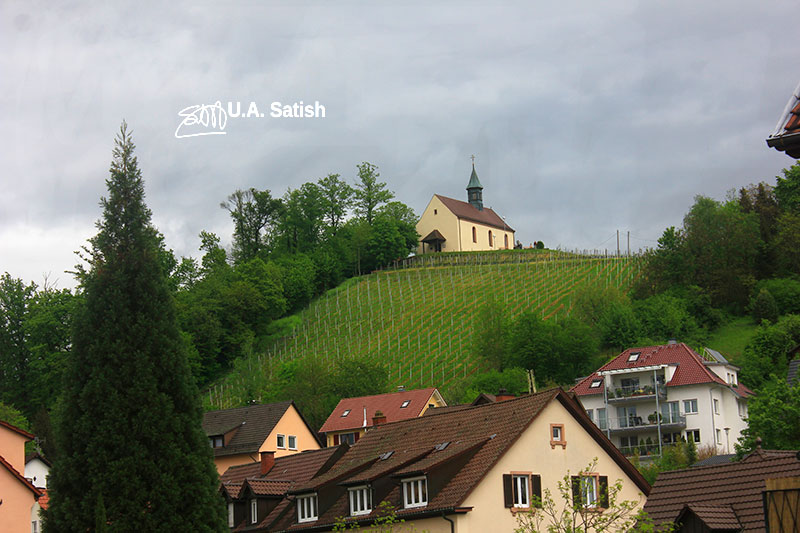
A Walk Around the Medieval Town
Near the Bahnhof is a small chapel on top of a hill. The Jakobskapelle (St Jakobus Chapel) occupies a vantage point overlooking the town. Vineyards surround the chapel. You can climb up there by a short walk of 15-20 min through the vineyards. The views are eye-catching.
The chapel is dedicated to Saint James, one of Jesus’ twelve apostles. The chapel was originally built in the fifteenth century and restored in the 1980s. It features a Gothic architectural style with a small bell tower and a wooden altar.
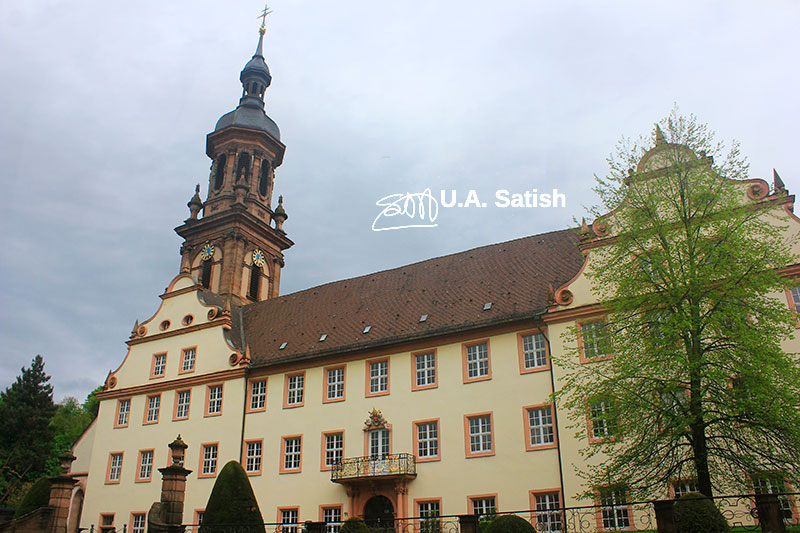
Church of St. Marien is near the market square in Gengenbach Germany. It is a beautiful church. We could not enter as it was past 6:00 pm when we reached. The Baroque tower of Church of St Marien influences the silhouette of Gengenbach. Benedictine monks lived and worked there until 1807.
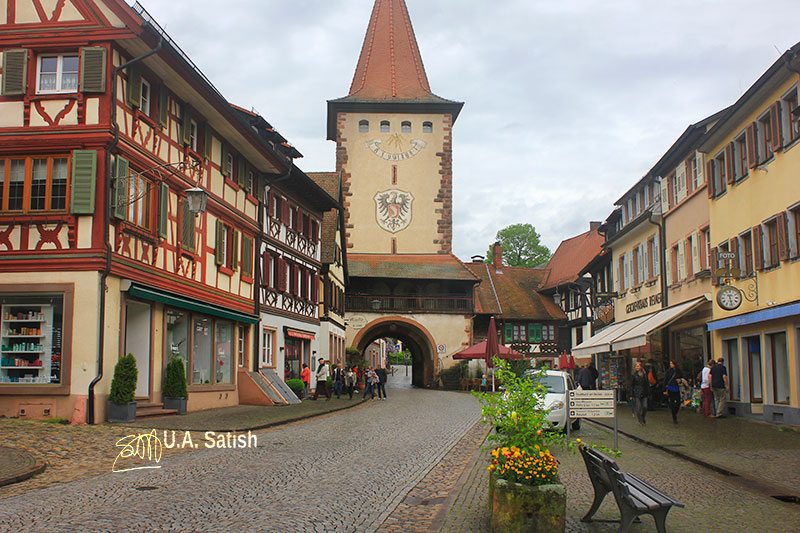
Market Square
Gengenbach boasts of a charming town centre. An eighteenth century gate with a medieval spire dominates the market square. It has cobblestone roads leading to it. Half-timbered houses line both sides. There are pretty flowers in stone planters and even an old wishing well. Gengenbach is a small town with 11,000 residents.
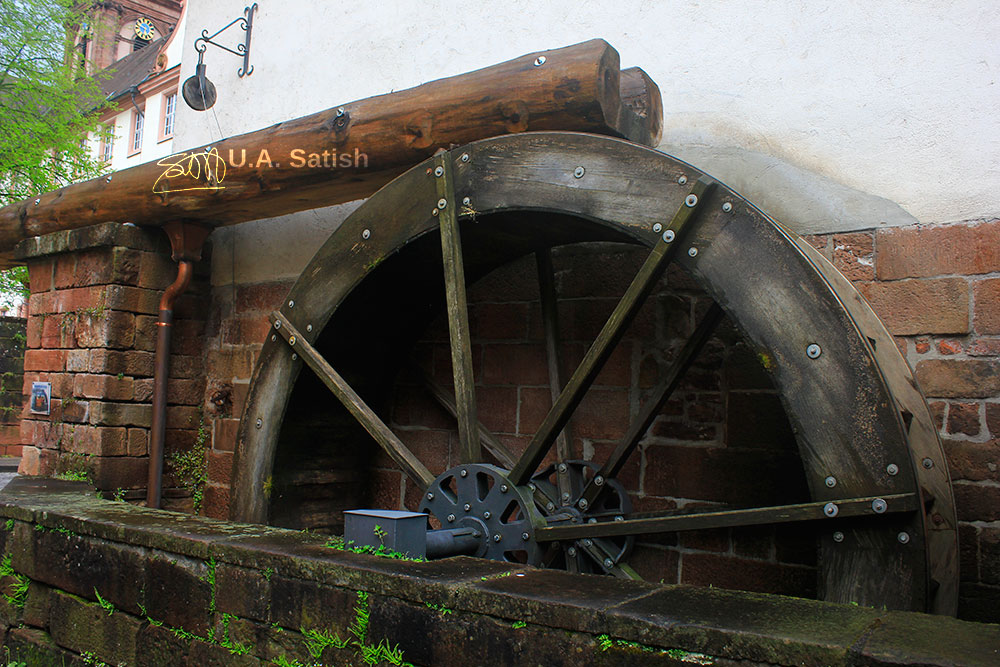
In my walks around the town, I came across this ancient water wheel at the Cloister Mill.
Vineyards in Gengenbach Germany
Benedictine monks planted the first vines more than 1,000 years ago. High quality wines are still grown today. These include Riesling, Müller-Thurgau, Grauburgunder, Weissherbst and Spätburgunder Red.
A mild climate preserves the vineyards. Many hours of sunshine boosts the production of excellent wines. Among the well-known wineries in Gengenbach are Burg Stauffenburg, Weingut Danner and Schworer Weingut Weinhaus. Some wineries offer wine tasting tours. The town has several wine taverns where you can sample different varieties, including the region’s famous Pinot Noir and Riesling. Do not pass over the chance to try the traditional Black Forest dishes.

I had an enjoyable lunch of Schnitlzel Brot, potato salad and a glass of Durbacher Riesling. This was at Durbach, a pretty town near Gengenbach. The restaurant, Durbacher Weinstube, is in the heart of the acclaimed Baden wine region.
Getting There
Gengenbach is on the Black Forest Railway in Germany. It is 11.4 km from Offenburg. Further down the line is Triberg, home to cuckoo clocks and a waterfall. From Basel’s SBB station, ICE trains will take you to Offenburg in 1 hr 14 min. Then take a local train to Gengenbach. Incidentally Offenburg is a 22 min train ride from Strasbourg in France.
Gengenbach is helpfully located close to the A5 Autobahn which stretches from Frankfurt to Basel. From the A5, take the exit to Offenburg and follow the B33 bypass to Gengenbach.
The nearest airports are the EuroAirport Basel-Mulhouse-Freiburg (BSL) (137 km, 1 hr 20 min}) and the Strasbourg International Airport (SXB) in France (38 km, 35 min).
If you liked the post, you could…
Join more than 5,000 fans of UASATISH by liking us on Facebook, or follow us on Twitter and Instagram.
You may also like to see
- Louvre Museum in Paris – Huge Art Collections
- Mobile Photography – Top Nine Tips
- The best ways to carry money abroad on your travels
Gengenbach Germany – Medieval Town in the Black Forest Read More »
